
On Thursday 15 August 2019 Wim van Zwieten was photographing shorebirds during upcoming tide at Westhoek, Friesland. This is a very good place to see shorebirds at close range and it has resulted in the past in good species like Broad-billed Sandpiper Calidris falcinellus or White-rumped Sandpiper Calidris fuscicollis (with nine records the best site to find one). Wim had already found a Broad-billed Sandpiper that day, but around 11:00 hours he found a stint that drew his attention, so he took several photographs. Wim continued birding (why not?) and it was only at dinner time he uploaded his pictures to his computer. The stint looked very intriguing, so he asked birding friends on Facebook for help on the identification. The identification of Western Sandpiper was quickly made and at 20:54 hours it was made public on the Dutch Bird Alerts.
The next day the bird was rediscovered around 8:00 hours by Han Zevenhuizen and luckily I was there a minute later. That Friday we could see the bird from a distance at first, but it got closer and closer with the rising tide and we could eventually see the diagnostic features like small size, Dunlin-like bill, striped flanks, darker scapulars with some rufous in contrast with the grey wing coverts and greyish tertials. The bird was present till at least 19 August.

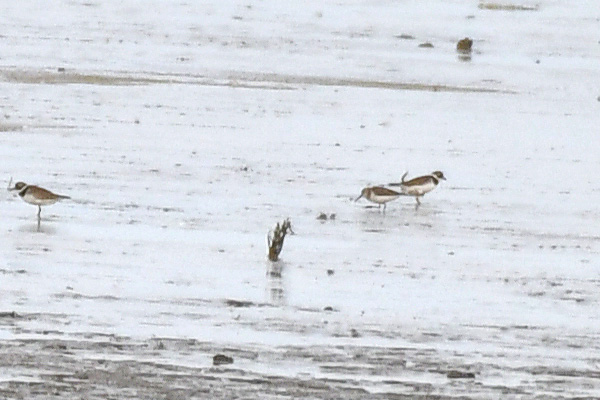
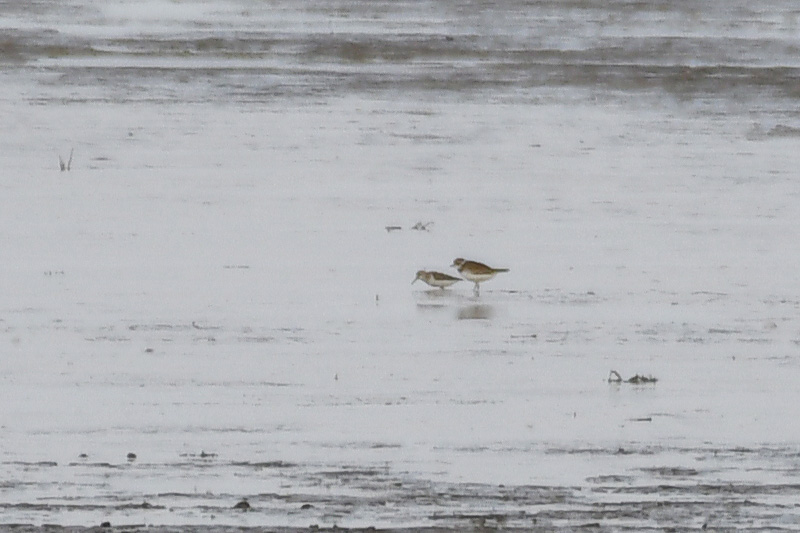

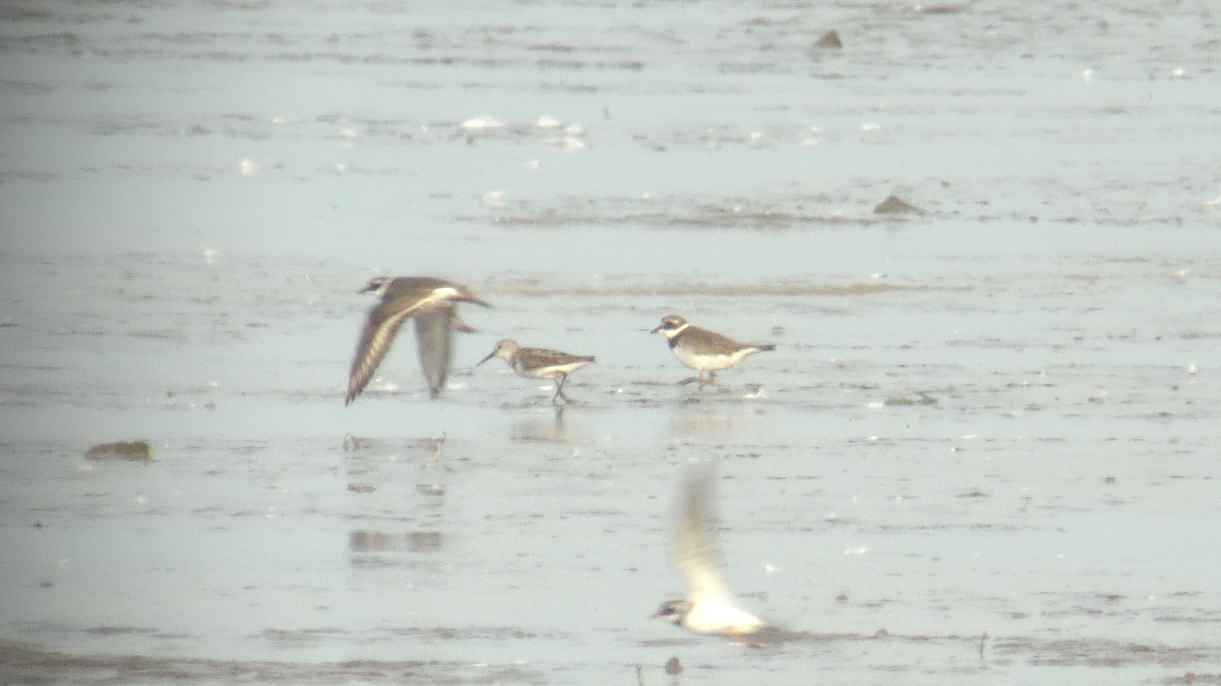
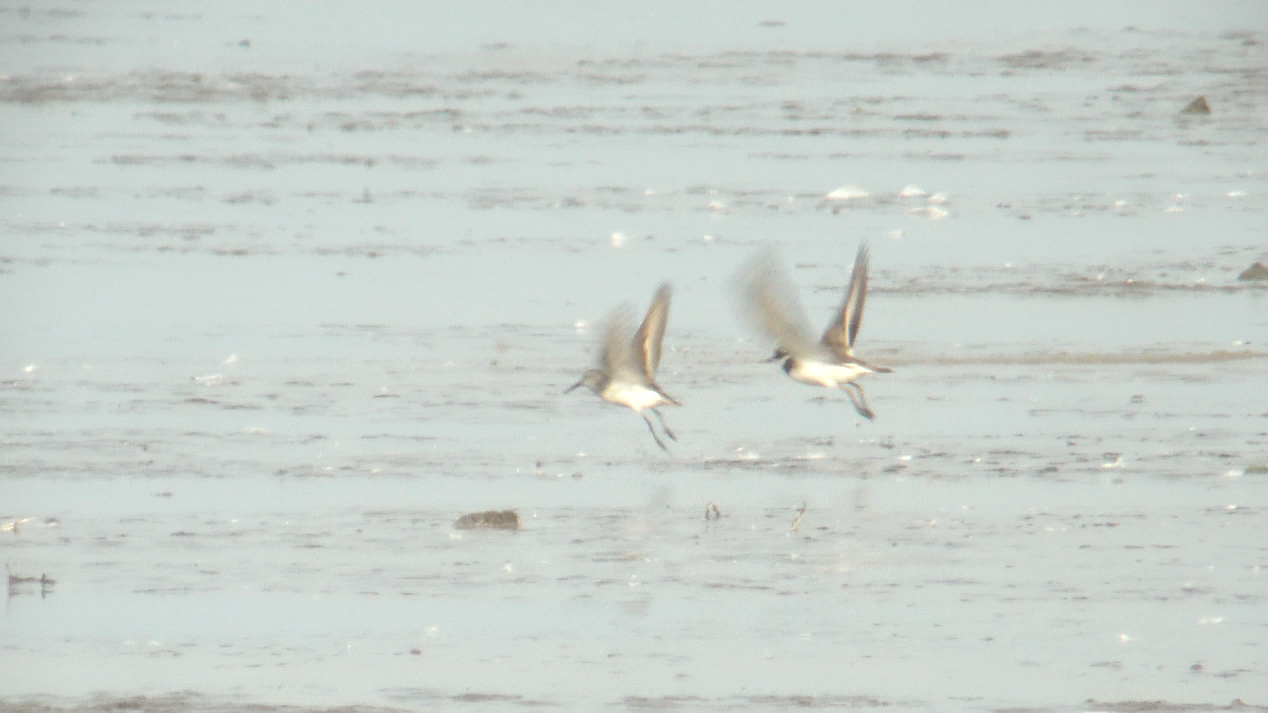
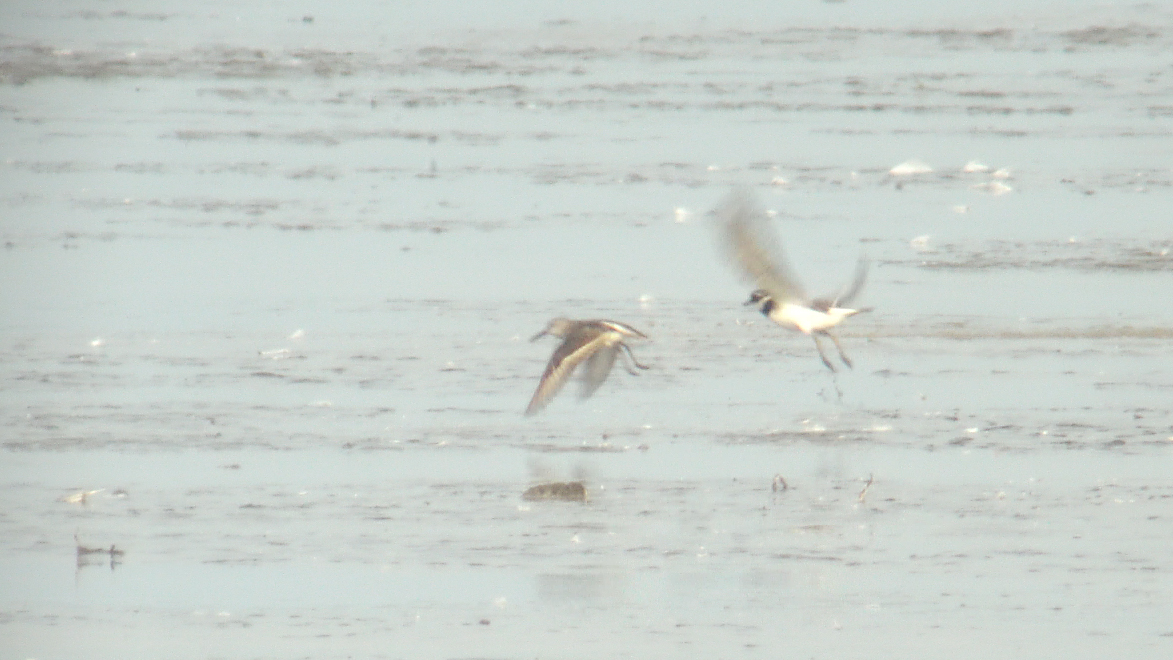
It was accepted as the first record for the Netherlands. There are c 50 records now in Europe, with most records (c 19) on the Azores. Britain has 10 accepted records, Ireland five, France seven, one in Norway, two on Iceland, one in Sweden and one in Spain. September seems to be the best months in the Western Palearctic with 26 records, followed by August (eight records) and October (seven records), July (three records), November (two) and one in April, May and December.
Do you want to go to the main-index, the 2019-index or the next new species, the Upcher's Warbler?